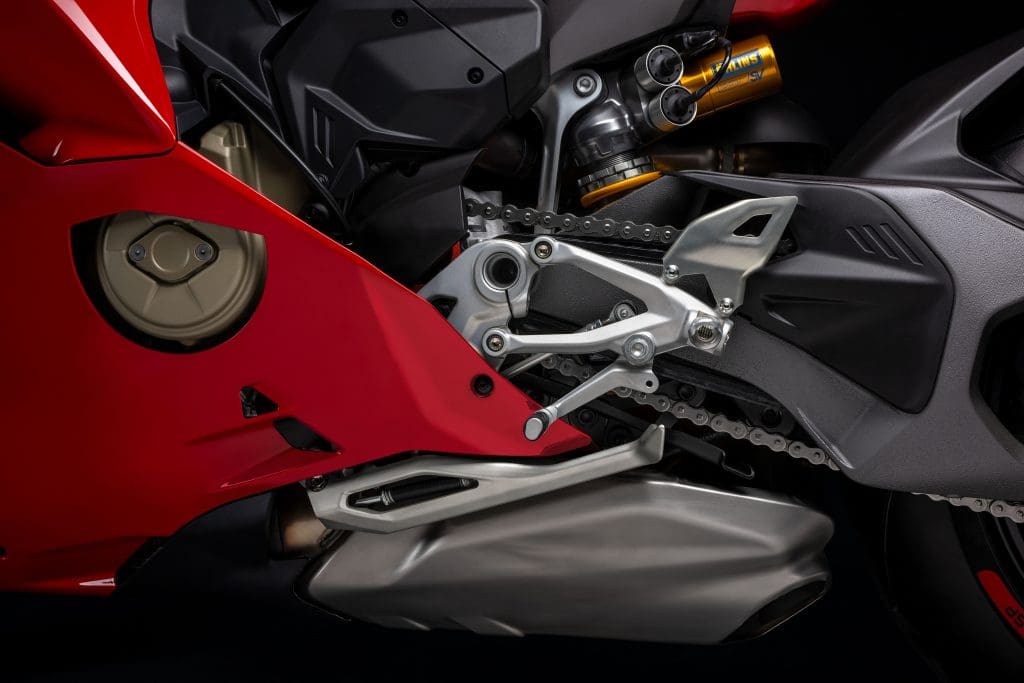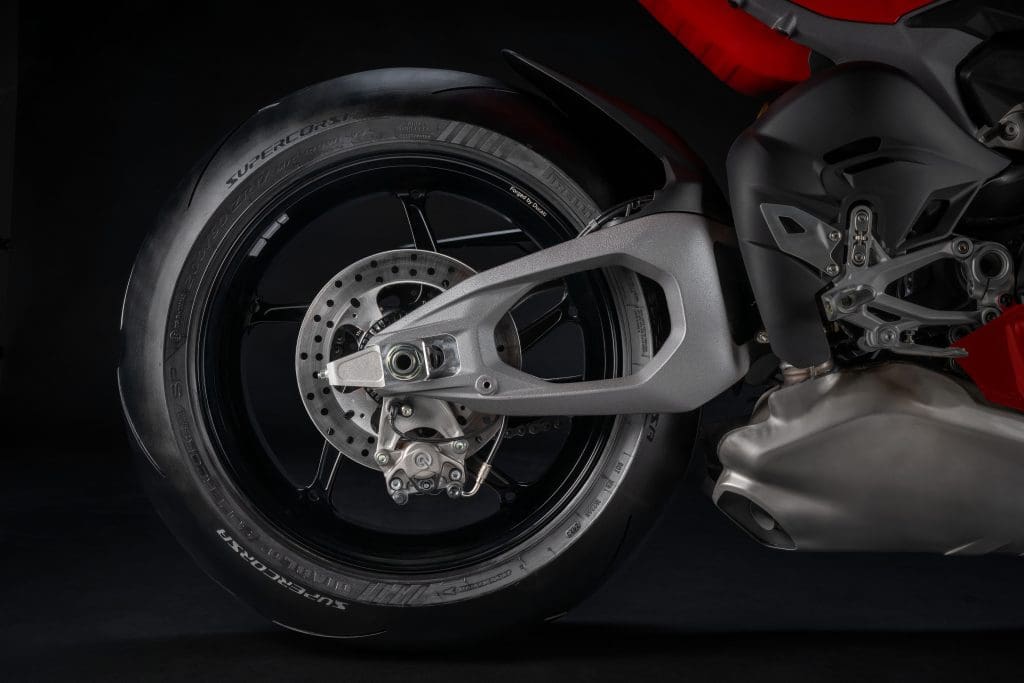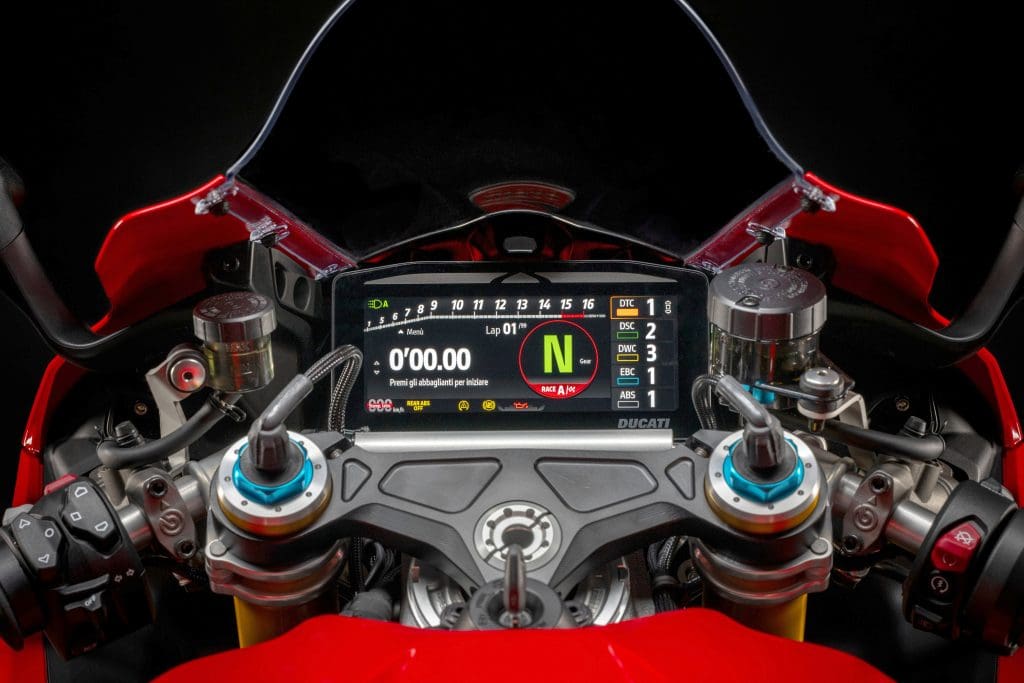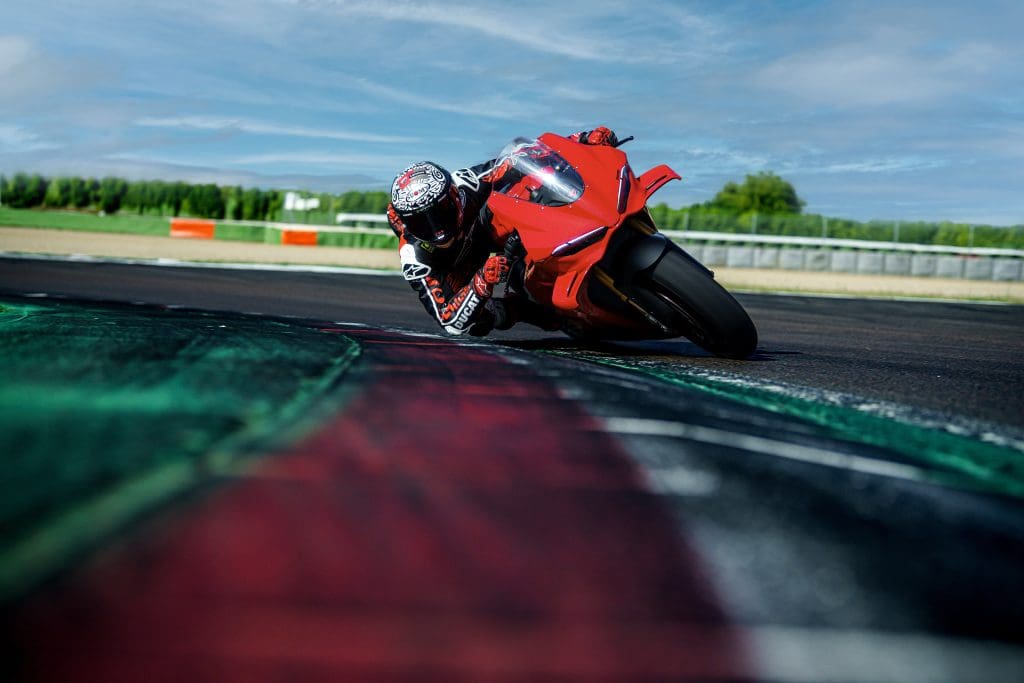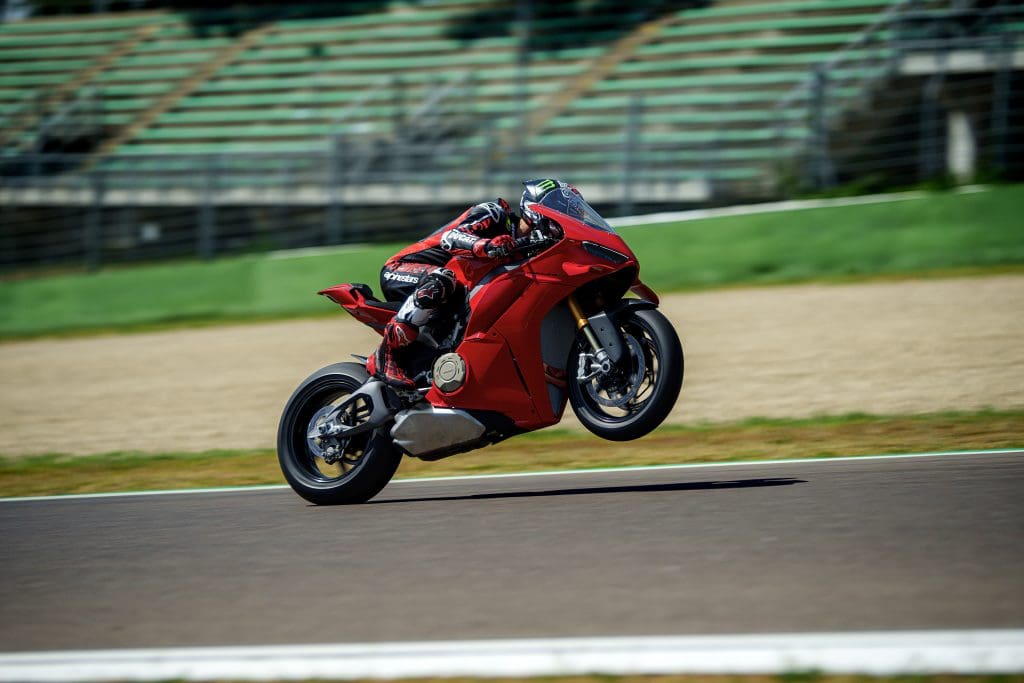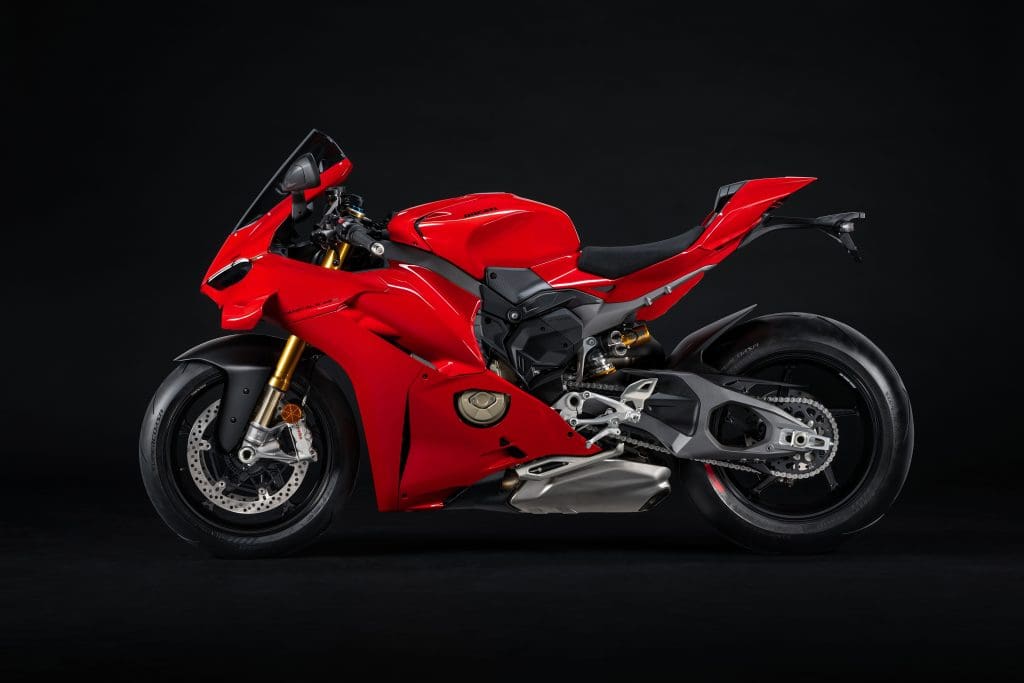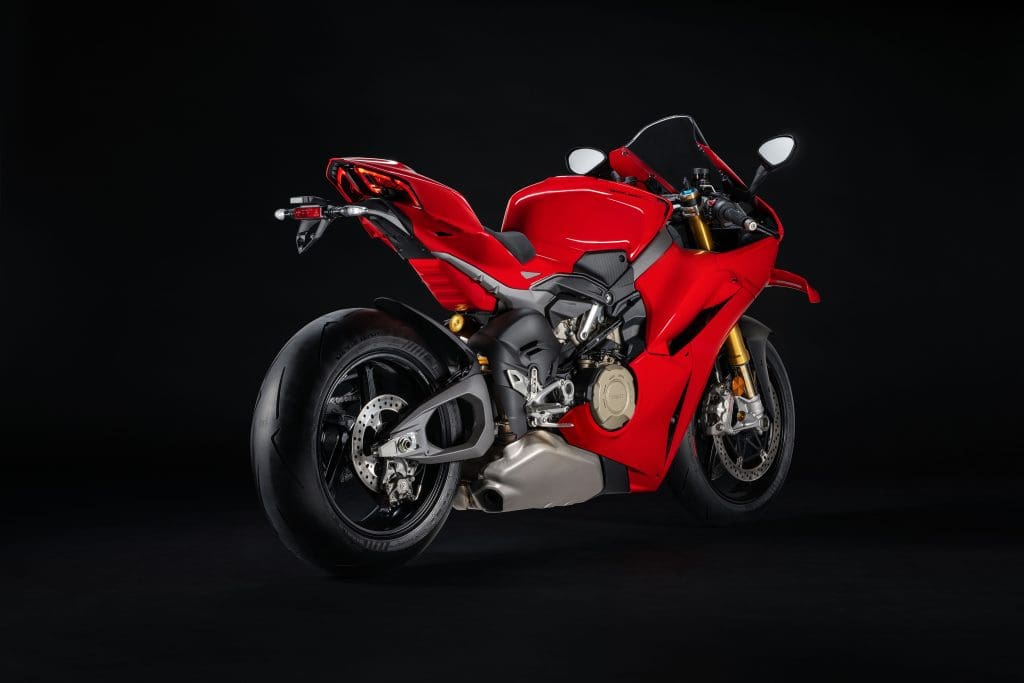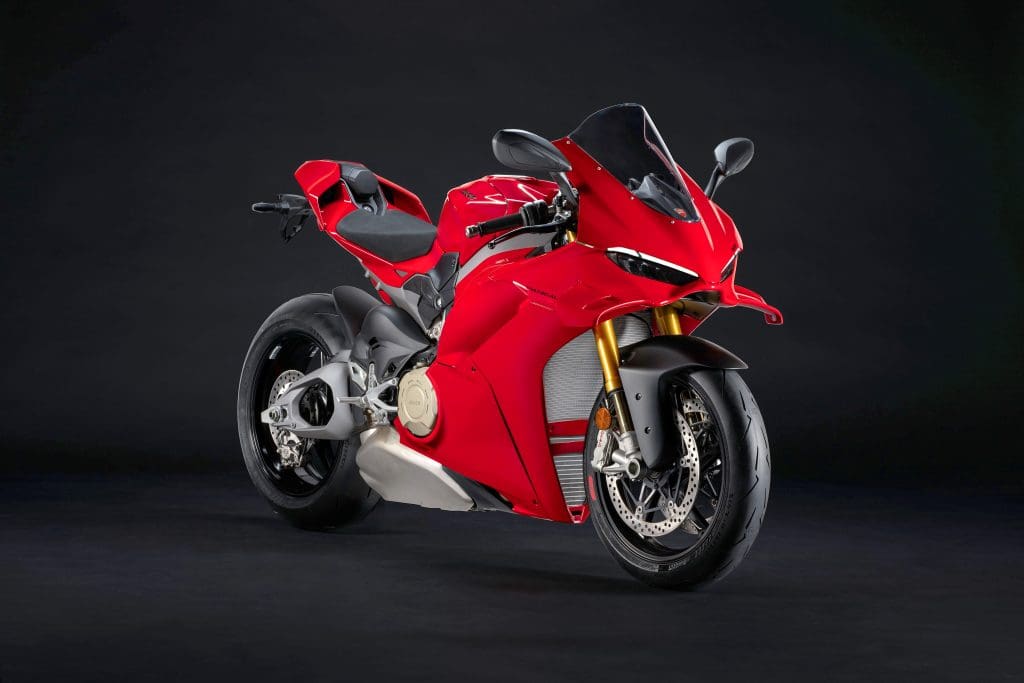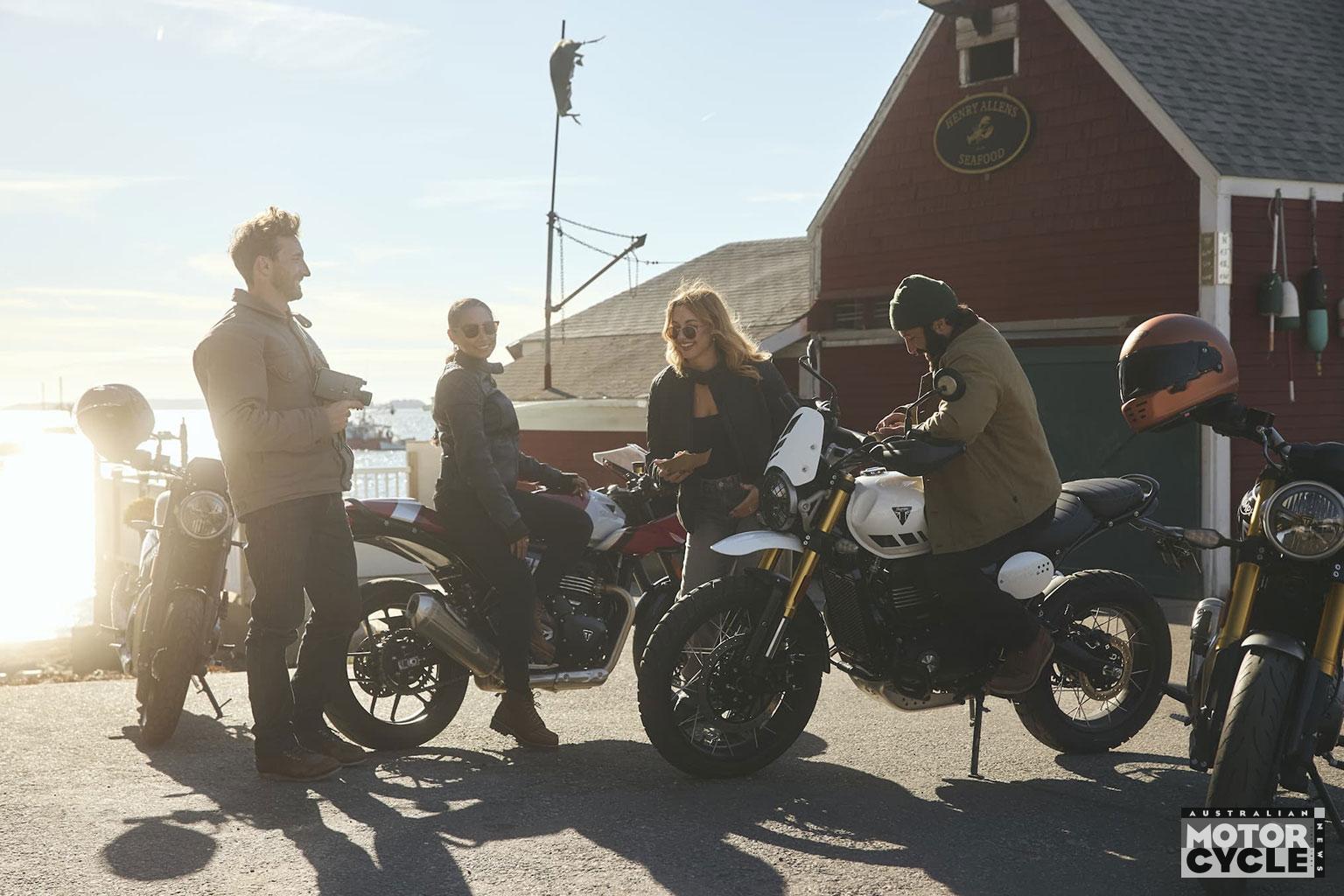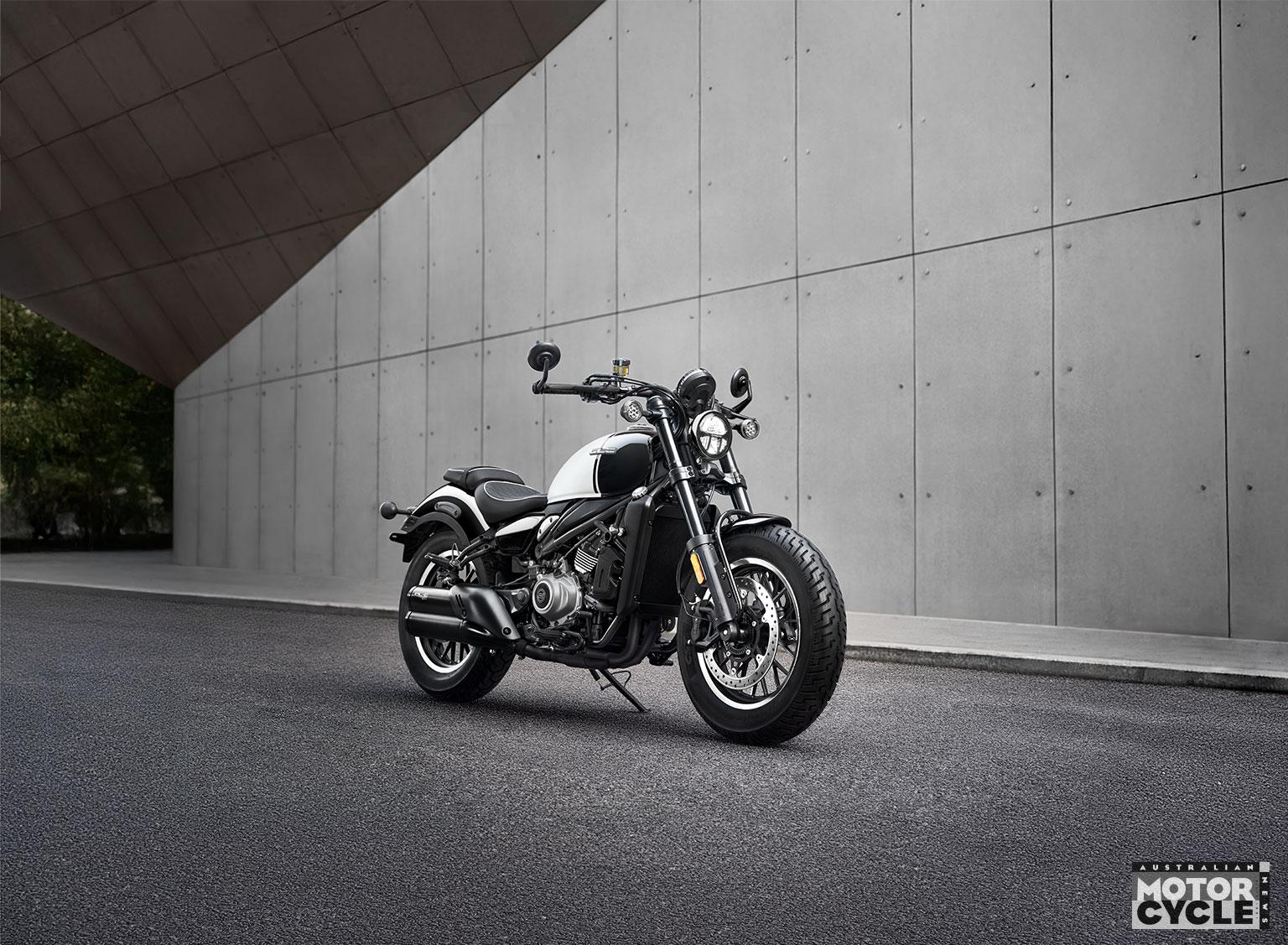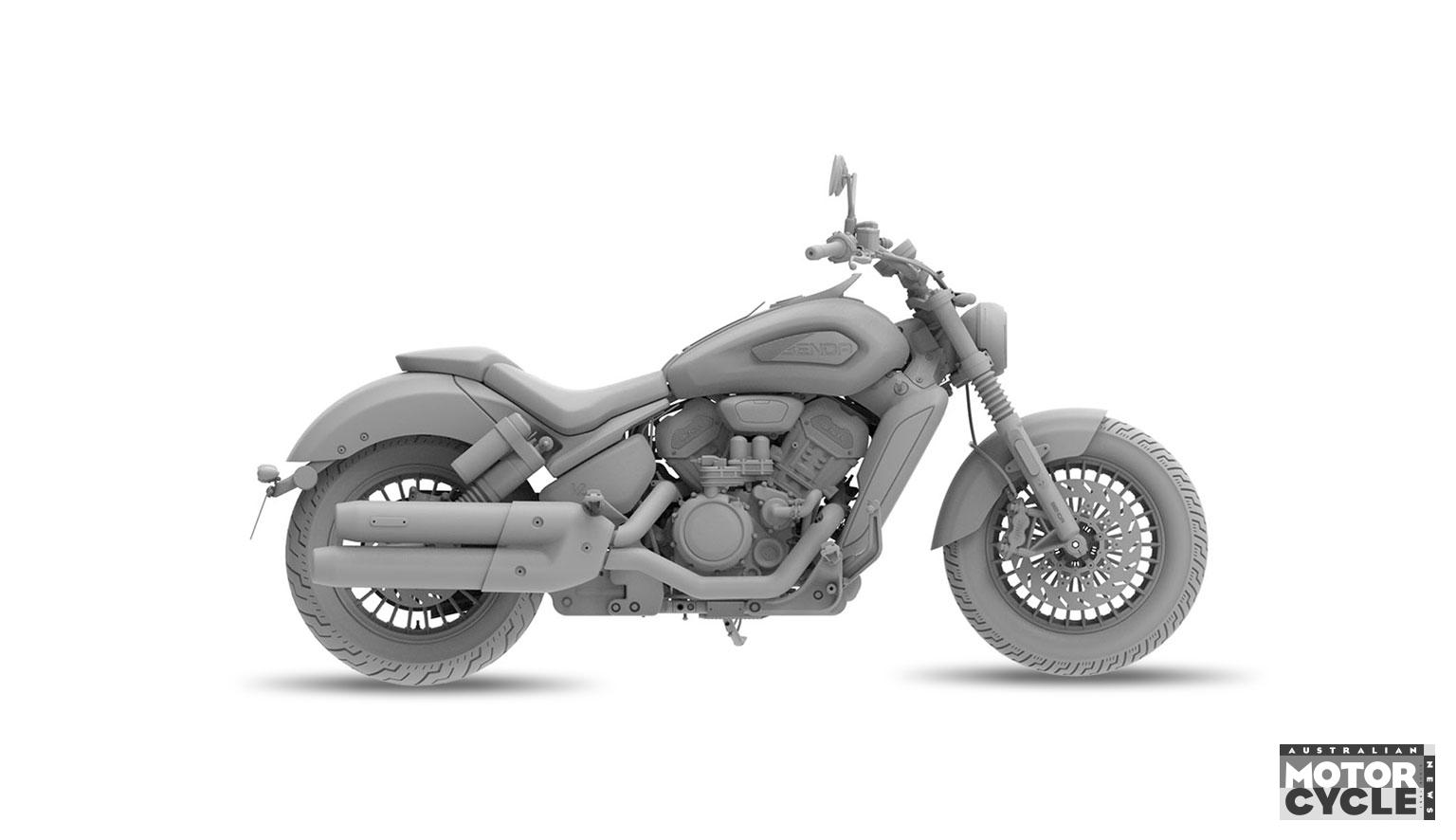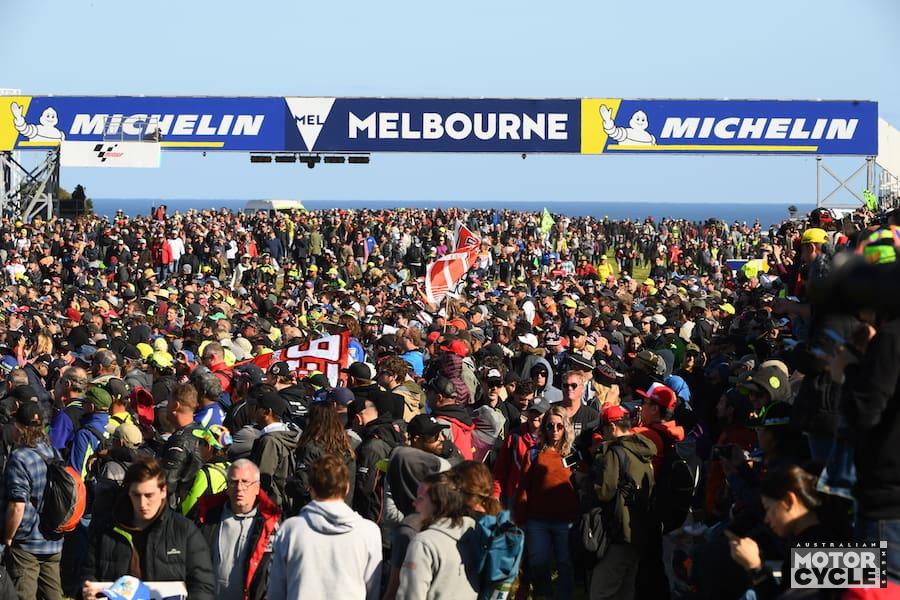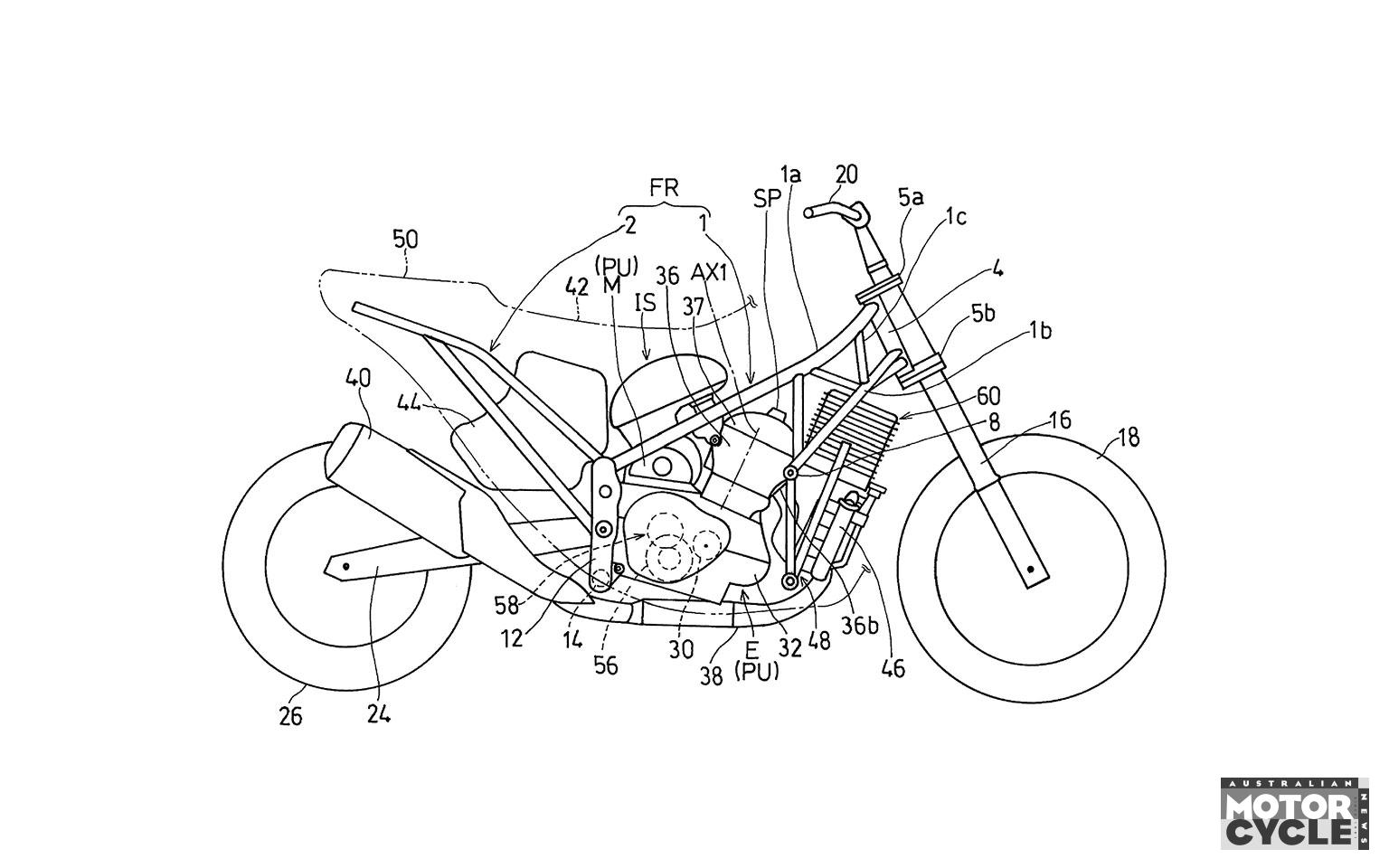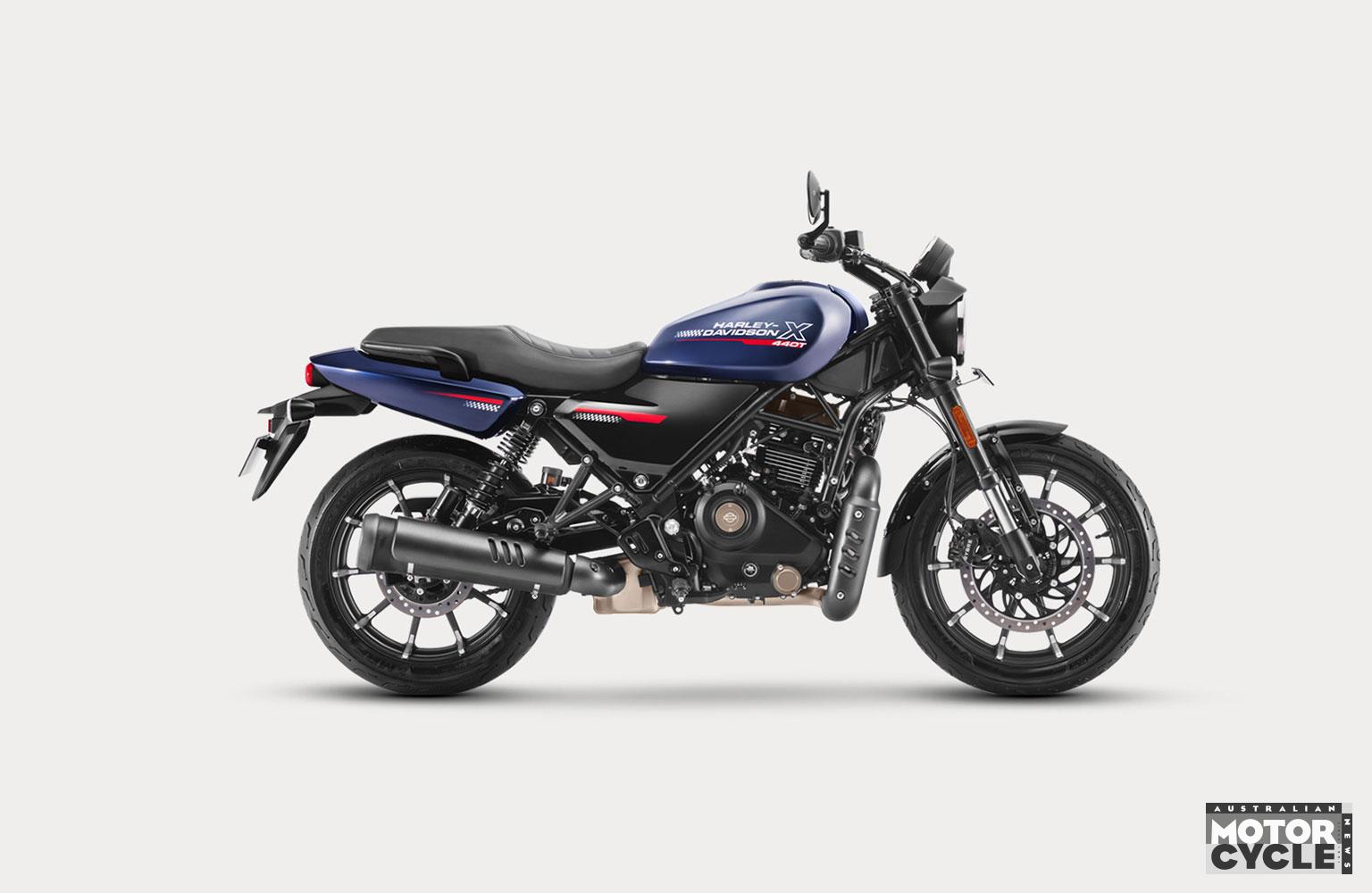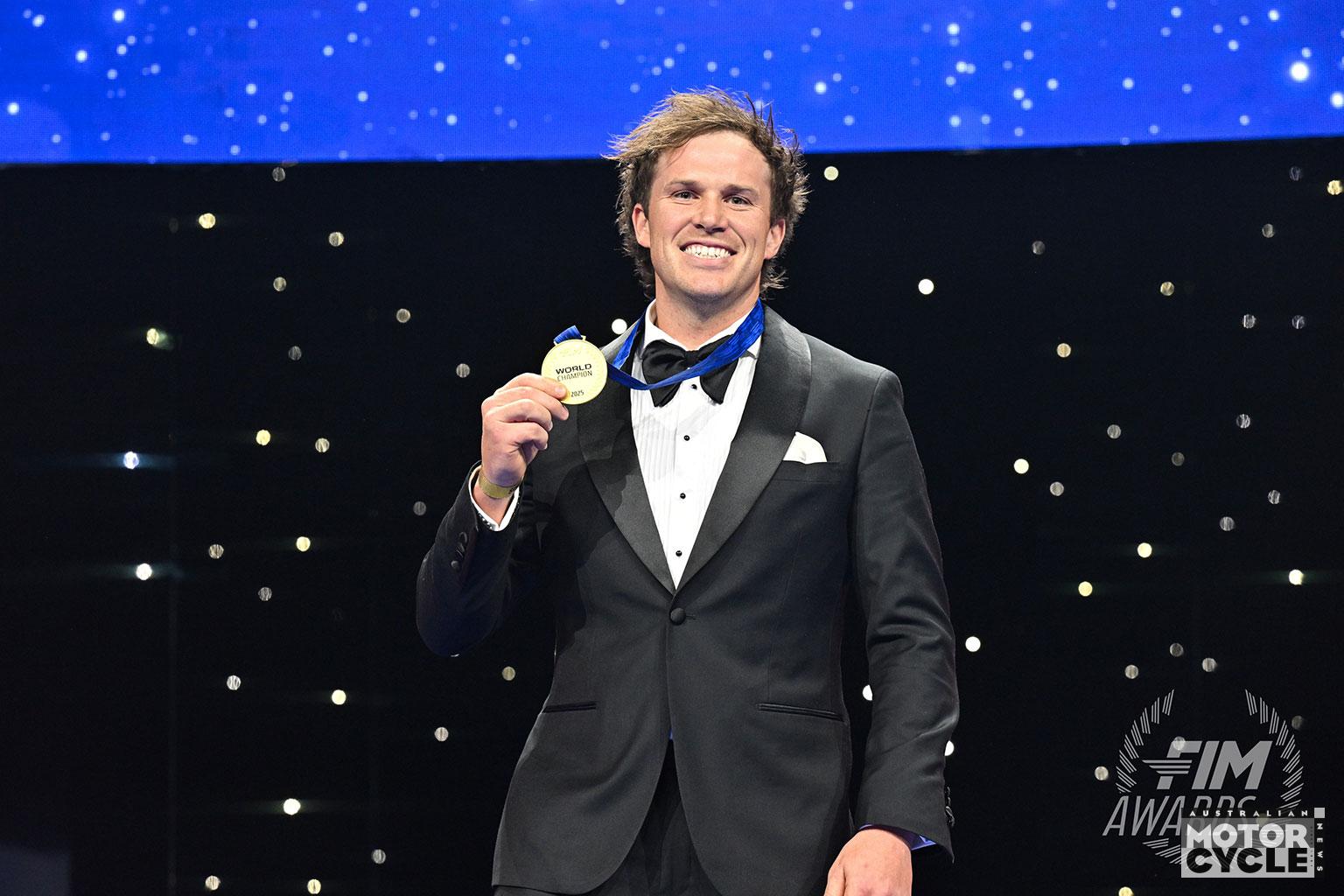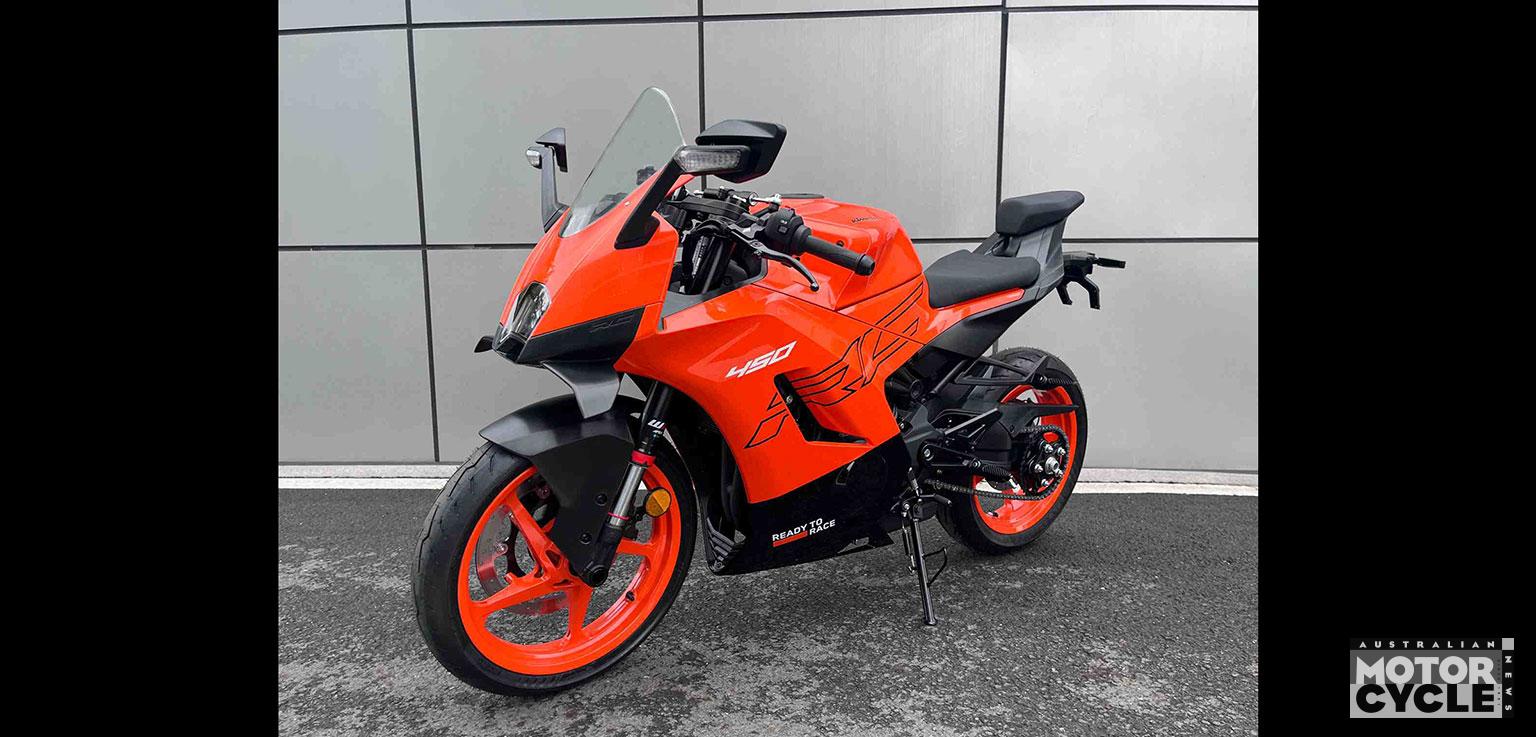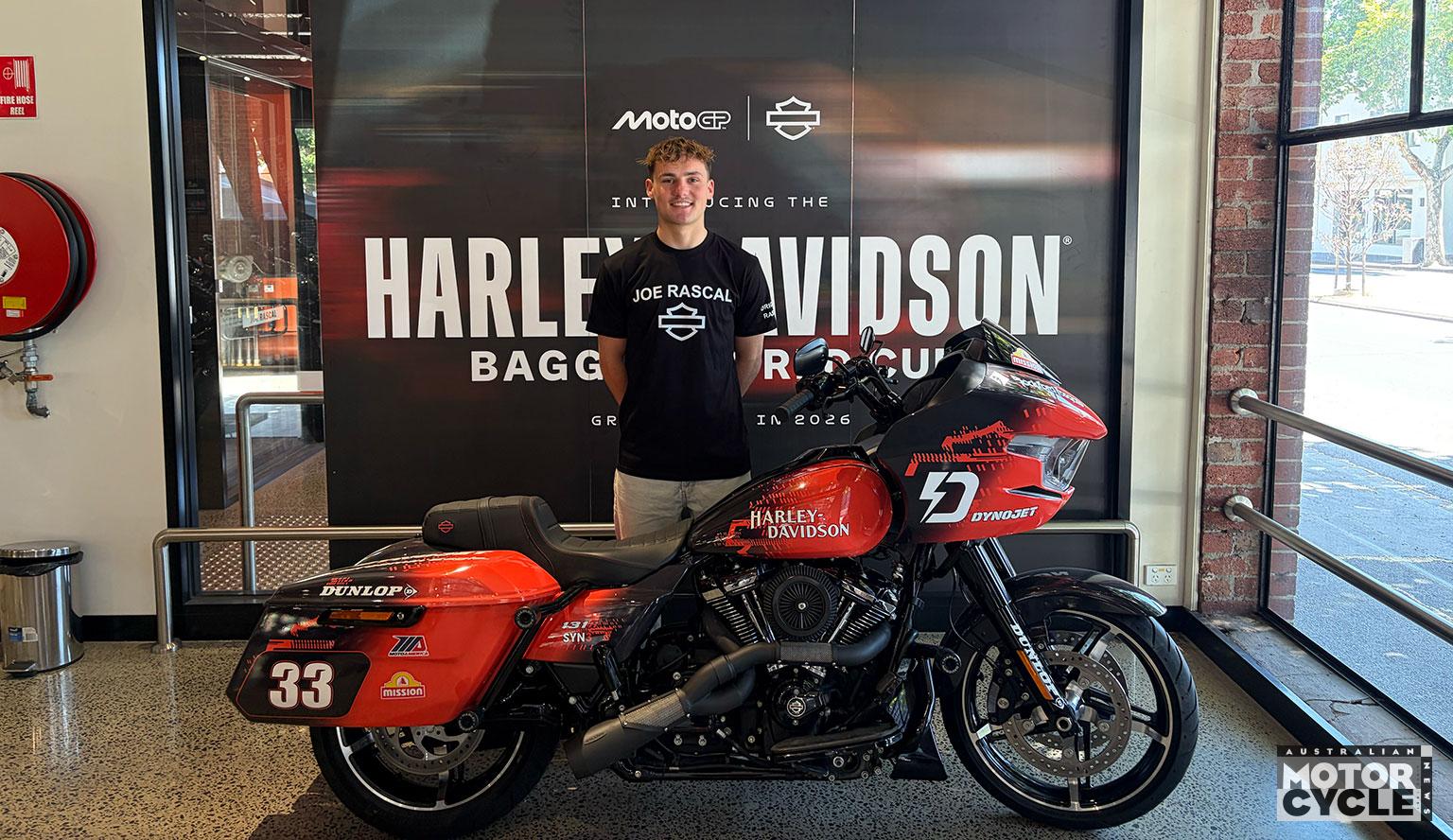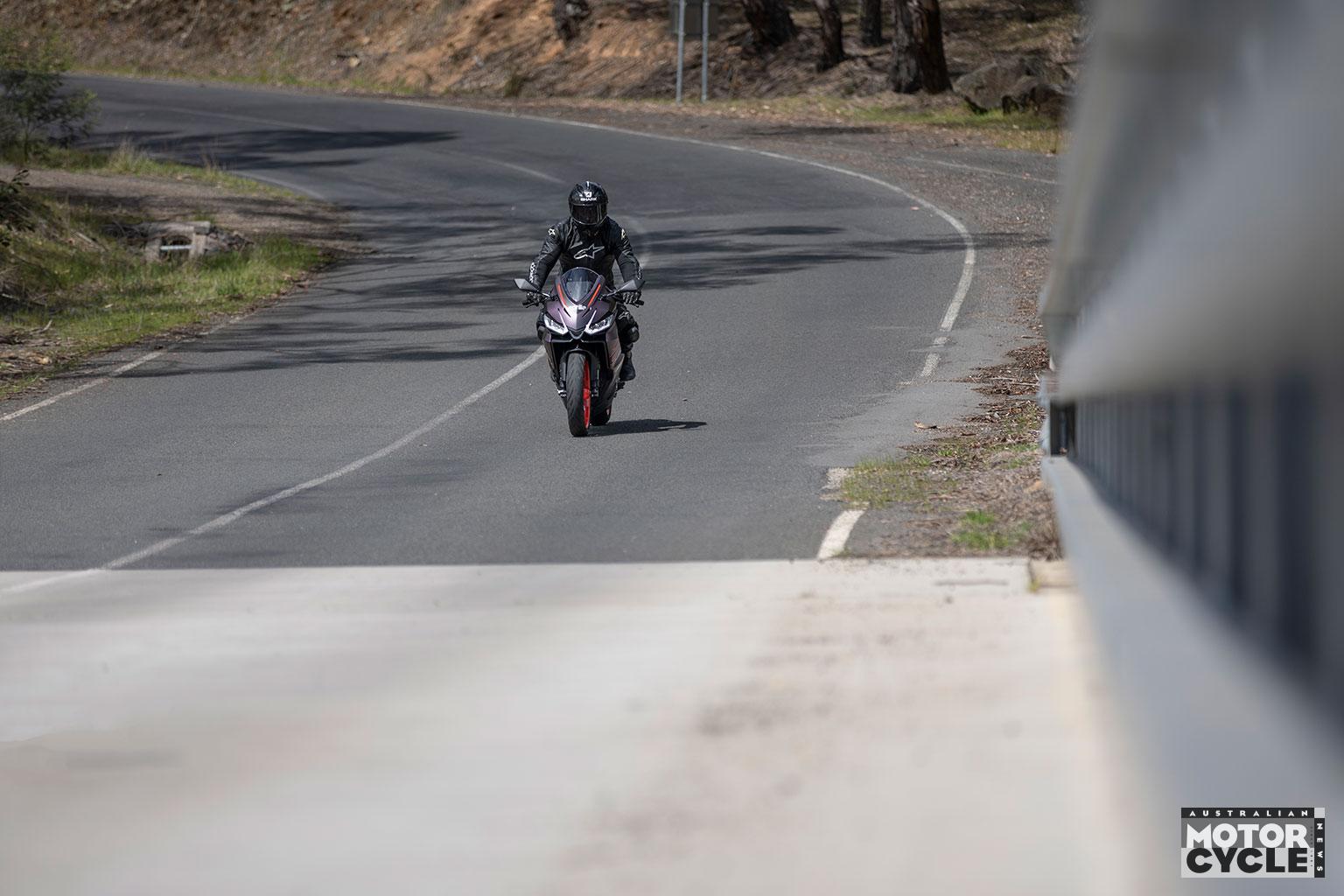The new Ducati Panigale V4 loses its iconic single-sided swingarm and adopts MotoGP-derived aero and electronics.
Swapping the V-twin for a V4 in Ducati’s range-topping superbike seemed risky in 2018 but the 2025 version makes an even bolder play by ditching the single-sided swingarm and bringing in MotoGP-type aero and rider aids. Rumours of the swingarm change had Ducatisti up in arms across the internet, but before we get into the details let’s look at the 2025 Panigale V4 as a whole.
More power? Yep. Less weight? Of course. But the closer you look, the clearer it becomes that this is a major change, even if the engine and chassis are developments of its predecessor.
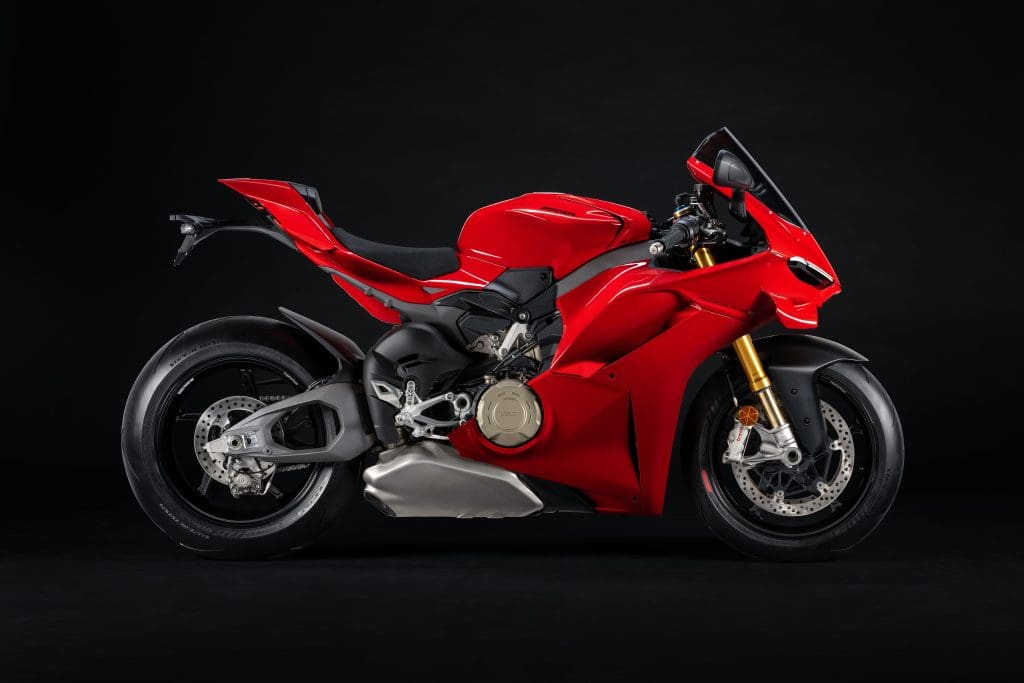
As well as a new ‘face’, the whole bike has the stance and shape of a 2020s reimagining of the 916. It might be 30 years since Massimo Tamburini’s defining masterpiece hit dealers, and more than 20 years since that shape was replaced by the unloved Pierre Terblanche-designed 999, but the 916’s style is one Ducati keeps returning to.
Over the years the range has evolved into an aggressive forward-hunched shape, but the 2025 version brings back some of the delicacy of earlier versions. Changes to the bodywork reflect the latest MotoGP aero developments so the new Panigale is less affected by crosswinds and can turn-in better at high speed, but it’s also gained a higher-looking nose that’s reminiscent of a past era.
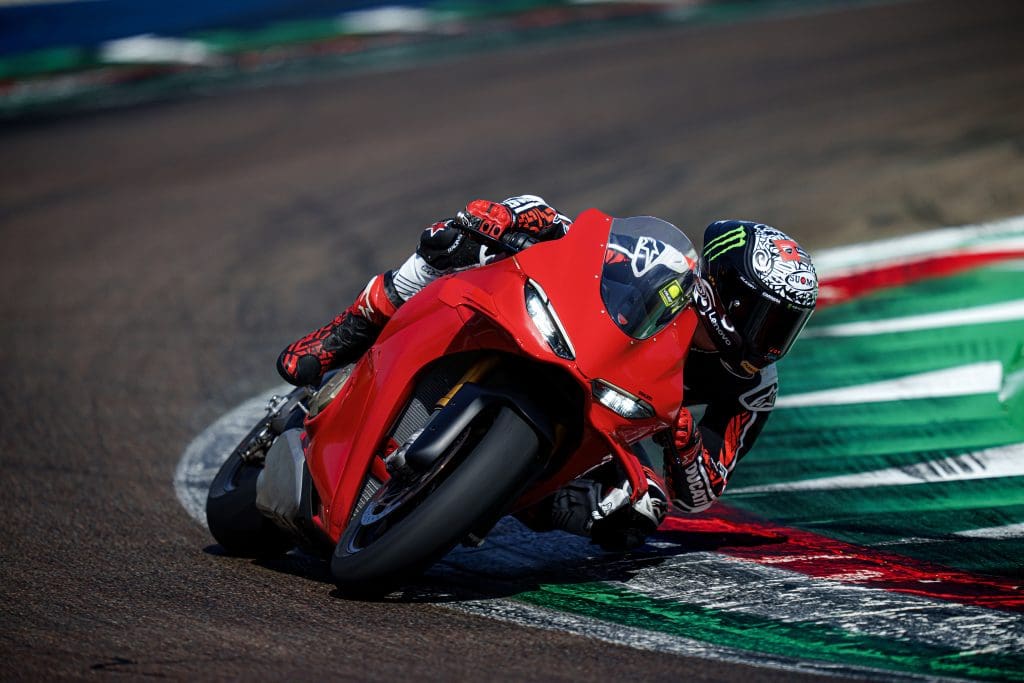
The new swingarm is 16mm longer than the old one, extending the wheelbase to 1485mm. That makes the latest Panigale V4’s wheelbase as long as BMW’s R 1250 RT. Modern chassis geometry, suspension and tyres mean you can have sharp handling without such compact dimensions, and the vastly increased power of the current crop of superbikes means longer wheelbases are now essential.
That brings us to that swingarm. Ducati says that it tested a standard single-sider against a double-sided prototype and discovered not only was the double-sider measurably quicker around the racetrack but the test riders were unanimous in their preference.
Modern tyres and extreme lean angles were putting the single-sided swingarm at its limit. The new double-sided version is 3.27kg lighter. It might seem unintuitive, but the target was to reduce the lateral stiffness of the swingarm, allowing it to flex over road imperfections. Ducati has done the same to the front frame section, cutting its lateral rigidity by 40 percent and saving 3.47kg in the process.
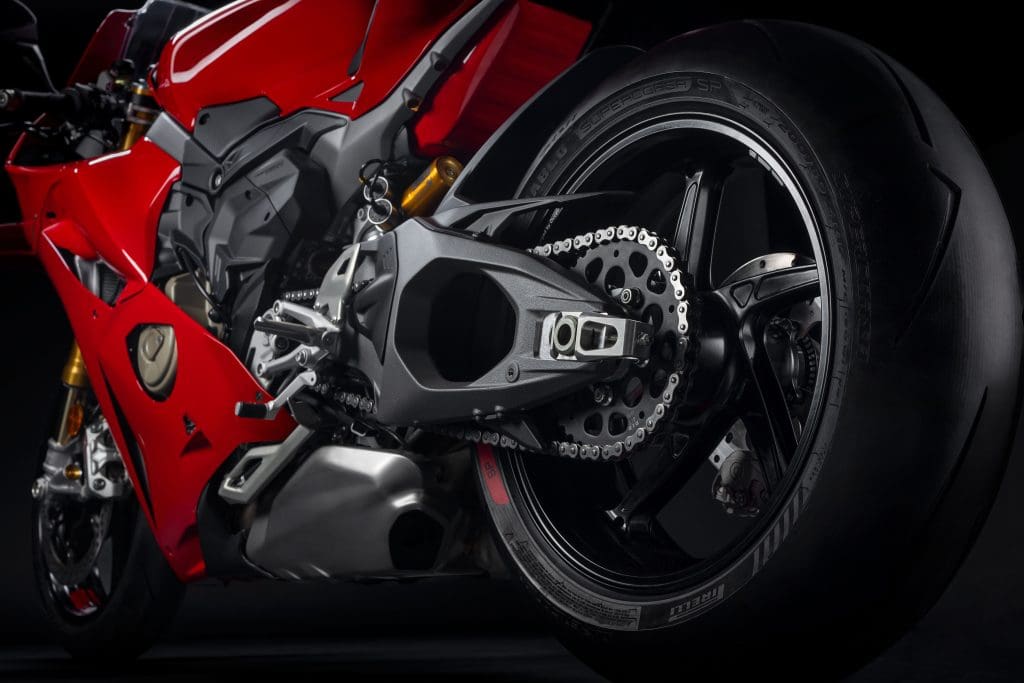
That’s also the focus of the all-encompassing and sophisticated electronics package. It’s overseen by a new system dubbed ‘Ducati Vehicle Observer’ that uses the six-axis IMU to simulate inputs from more than 70 imaginary sensors. Another novelty is ‘Race eCBS’ – a combined braking system that mimics the way top-level racers carry the rear brake right to the apex. The brakes themselves are Brembo’s new Hypure calipers, replacements for the range-topping Stylemas, and the Panigale V4 is the first production model to get this new tech.
Power rises, but only by a fraction, with the peak shifting from 158.5kW (215.5hp) to 158.9kW (216hp). Maximum power now arrives at 13,500rpm instead of 13,000rpm, and torque is a fraction lower, peaking at 120.9Nm at 11,250rpm instead of 123.6Nm at 9500rpm.
Akrapovic has developed two track-only exhaust systems – a high-level pipe that unleashes 228hp and a belly-mounted version that peaks at 224hp.
Buyers will have a choice between the $38,800 Panigale V4 with manually adjustable Showa suspension or the $49,300 Panigale V4 S with Öhlins’ electronic Smart EC 3.0 suspension.
A new era has dawned.
